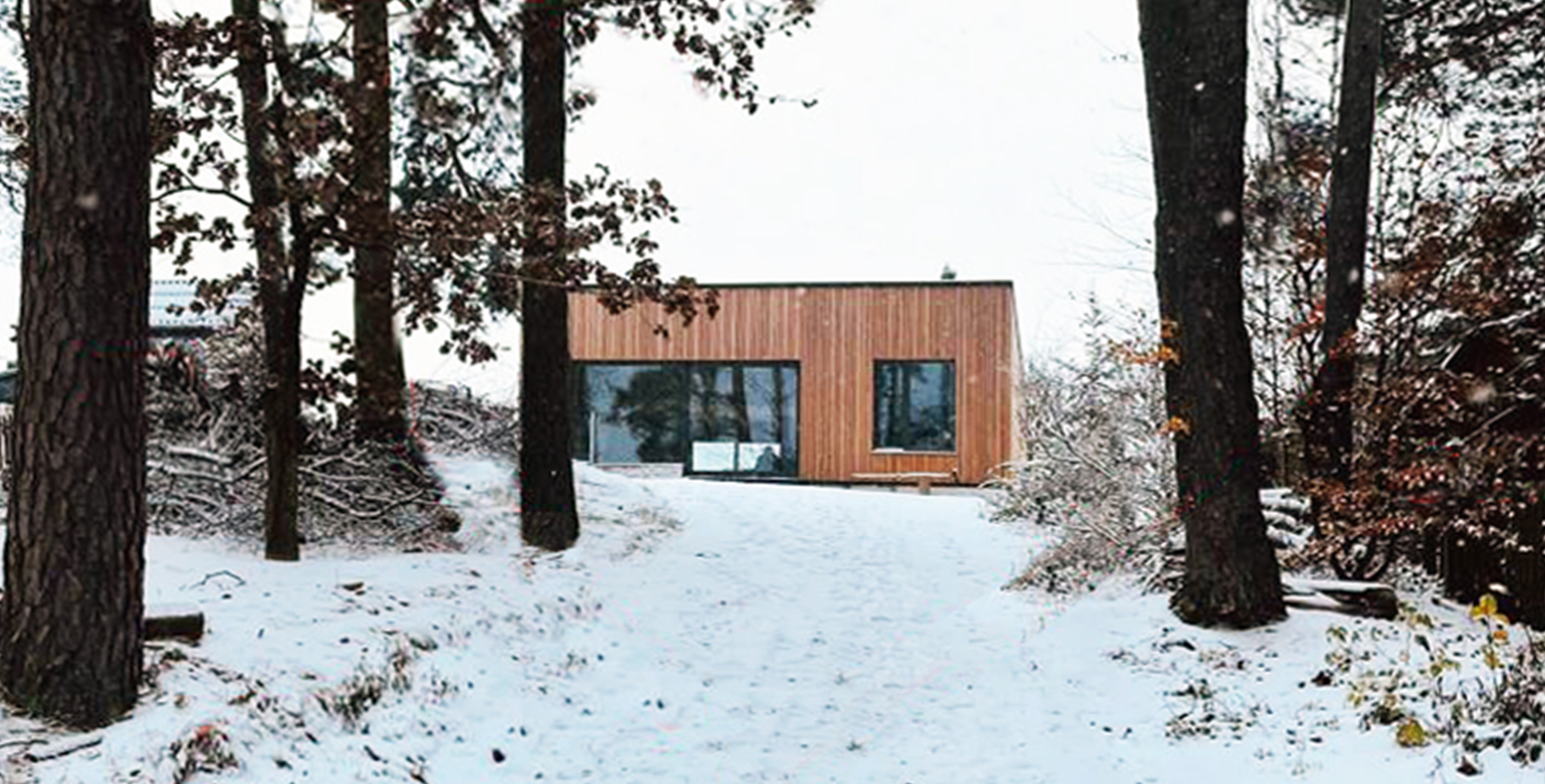
The cottage as retreat, a place for recreation, a recharging environment far away from the realms of the city is usually enjoyed by the very few, not the many. We’ll challenge this predisposition and design a cottage that is designed to host more than one group. A weekend-house for the many. A retreat to be shared.
Rather than privileged and privatised space we’ll develop a building for multiple parties. Occupation in parallel, overlapping, or consecutive models will be tested. We will develop distinct and disparate quarters, more or less literally grouped around a spatial commons. Each project will identify its clients - multiple families, groups of challenging youths, people with handicaps – and provide them with a fitting place amidst the countryside.
We will commence with a structural system and/or material strategy. These basic principles will define spatial possibilities and come with inherent restrictions. At the same time they might generate unforeseen spatial configurations that – beyond mere efficiency – might benefit the forms that life takes inside.
Cottage commons is not meant for year-round habitation. It will necessarily be occupied temporarily, calling for appropriate construction, but even more importantly for appropriate technical equipping. We will thus look beyond the principles of steady environments with 21°C and 60% humidity and allow for more volatility, befitting the changing nature and frequencies of its guests.
The site for the project is the island of Lindwerder, located within the Wannsee on the fringes of the forest Grunewald. Despite its serene setting Lindwerder is in close proximity to Berlin. The small island is currently occupied by a restaurant and a boat-house and a whole number of piers and landing docks. Previously, however, the island hosted a few more buildings, which shall be reason enough for us to reinstate some of their built volumes in their stead.
The island can be accessed by ferry only, prodiving it with an extraordinarily secluded character. On the island each and every project will firstly have to identify its exact location, taking into account the local trees, the proximity to the water‘s edge and the busy nature of the neighbouring restaurant and wedding venue.
- Dozent/in: FachJoris Jakob